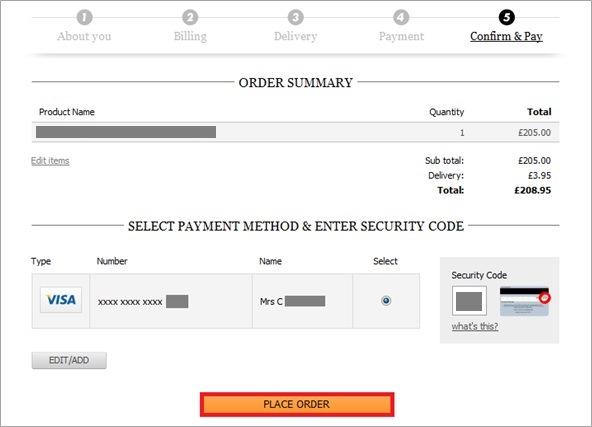Identifying Macro and Micro Conversions
Analytics and data | 3 MIN READ
This blog covers macro and micro-website conversions, how they differ, and their roles in overall performance.
When business objectives have been clearly defined and understood, the next logical step towards a successful measurement and optimisation strategy involves identifying the various conversion types on the website in question.
We can split these conversions into two categories:
Macro conversions
Many website/product owners focus on tracking and optimising their primary conversion point (macro conversion).
Examples include:
- An order completion for an eCommerce website
- A completed contact form for a lead acquisition website
- A subscription sign-up for an online software provider.
These overall conversions are commercial outcomes that deliver against the company’s main objective. Our previous post included an example long-term objective: double revenue in two years. For this objective, the website in question is eCommerce; therefore, the macro website conversion would be a completed order.

Macro conversion example: eCommerce order completion
Examples of macro conversions can generally be categorised as follows:
- Revenue-based conversions
- eCommerce order completion
- Paid subscription registration
- Lead/member acquisition conversions
- Application form completion (e.g. credit card provider or mortgage advisor)
- Member sign-up (freemium software or social media platform)
- Enquiry conversions
- Contact form completion (for websites without eCommerce)
- Phone calls (driven from non-eCommerce websites)
The above list is not definitive by any means, but it does provide a guideline of the most common types and examples of macro conversions for typical websites.
Micro conversions
Macro conversion performance is of obvious importance. However, fixating solely on this single metric (or any single metric) is ill-advised. This measurement alone will not paint the complete picture of performance; many other user actions may indicate performance changes.
These actions are often referred to as micro conversions and mark an outcome on a website that is less important than the primary or macro conversion. Avinash Kaushik, the renowned analytics and digital marketing evangelist has blogged passionately about this concept in the past.
Taking an eCommerce website, for example, the macro conversion would be an order completion. In contrast, micro conversions include signing up for an email newsletter, a PDF brochure download, a Facebook like, etc. In this case, these actions indicate user engagement and lead users to complete an order at a future point. However, in isolation, they do not generally drive revenue or customer acquisition at the point of their conversion.
Micro conversions could also include more standard actions, such as viewing a product page or adding an item to the shopping basket. They can also have less obvious conversions, such as click-throughs from search results (CTR could justifiably count as a micro conversion rate).

Micro conversion example: social media interaction and newsletter sign up
Examples of micro-conversions can often be categorised as follows:
- Navigation based conversions
- Viewing a product page
- Entering the checkout process
- Reaching an application form
- CTR from search results
- Interaction (or completed action) based conversions
- Adding a product to the cart
- Downloading a PDF brochure
- Watching a promotional video
- Social actions
- Email newsletter sign up
- RSS subscription
- Request a callback
- Engagement based conversions
- Time on site over a certain threshold
- Number of pages viewed above target
- Visit frequency/recency above target
Identifying macro and micro conversions
As the macro conversion is the primary desired action on the site, this should be obvious to identify and will generally be a single action. There may be exceptions to this for large or complex online businesses, but a website typically has one primary conversion point.
The process for identifying micro-conversions is simple, but the more extensive the website, the more time is required to produce a definitive list of micro-conversion points. The process is time-consuming and laborious but highly worthwhile for mapping out all conversion performance indicators and influencers.
There are helpful tools which can help streamline the process of documenting a micro conversion walkthrough for a website (e.g. Notable, which allows you to annotate and group full-page screenshots). Still, you must complete the process manually to ensure the identification of all micro conversions.

Micro conversion mapping: site walkthrough
It is essential to note that micro conversions don’t necessarily lead to macro conversions, although this is often the case. For those micro conversions that we expect to start users on a path to overall conversion, these should be mapped out accordingly so the analytics solution can be configured to track how effective certain micro conversions are at influencing subsequent macro conversions (e.g. using custom variables).
We can help. If you'd like further help in identifying your micro and macro conversion points, get in touch today or call us on 01903 285900. Create a measurement framework, download our measurement plan template.